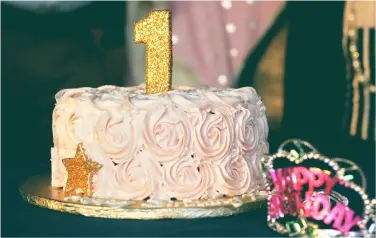How Many Different Types Of Ink Are There?
Feb 25, 2022Ink is a huge part of our everyday lives. Without it we wouldn't be able to print money, make road signs, or mail packages.
The different types of ink include:
·Pen ink
·Printer ink
·Erasable ink
·Phosphorescent ink
·Fluorescent ink
·Adhesive ink
·Invisible ink
·Edible ink
Pen Ink
Pen inks are oil or water-based and contain additives that dye the ink a certain color. For instance, black ink pens contain carbon black, while blue ink pens contain phthalocyanine blue.
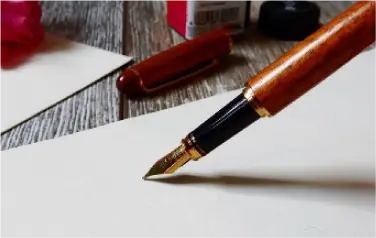
Printer Ink
Most color printers follow the CMYK (cyan, magenta, yellow, black) model. To make new colors and create an image, the printers will layer tiny dots of the four printer colors.
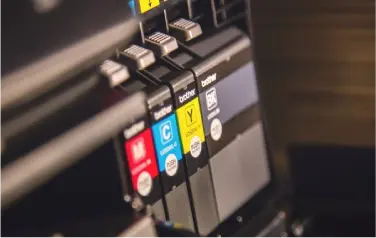
Erasable Ink
The erasable pen was invented in 1979, but took 10 years to perfect. The ink inside is made of a liquid rubber cement, which makes it possible to remove the pen marks via a combination of friction and heat.
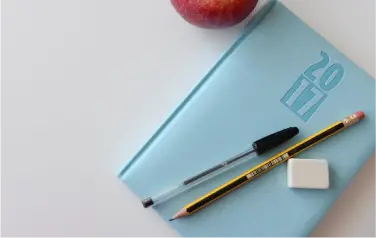
Phosphorescent Ink
Phosphorescent ink is made using strontium aluminate and phosphors. These chemicals absorb and store light energy until the light disappears. Once it's dark, the energy is converted into visible light known as the glow.
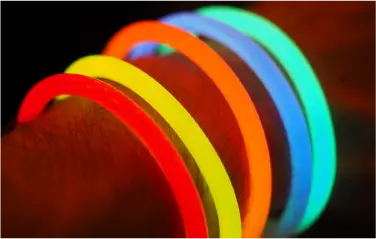
Fluorescent Ink
Fluorescein is a chemical used to make highlighter ink. It's what gives the highlighters their neon color when the ink is applied to the paper. Different additives are used depending on which color highlighter you're using. For instance, a chemical known as pyranine is used to make yellow highlighters.
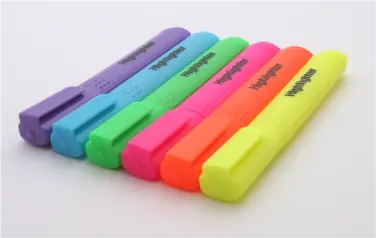
Adhesive Ink
Temporary tattoos and decals are made from regular ink with a special coating that's printed onto transfer film. When moisture is applied, it soaks through the film and transfers the image onto the surface.
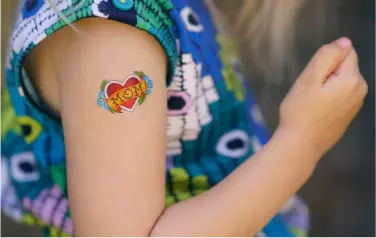
Invisible Ink
Write a secret message and then uncover it using heat or light. Many items in your kitchen can be used to create invisible ink including: lemon juice, milk, clear soda, and vinegar. This ink is also often used by concert venues or theme parks as stamps for admission.
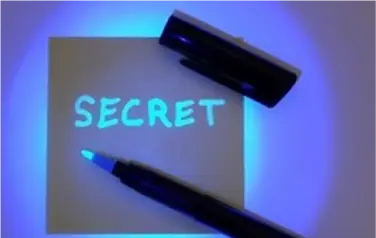
Edible Ink
Edible inks are made from water, sugar, and FDA-approved colorants. They're safe to eat and often are used to print photos or logos on cakes, cookies, and candy.
